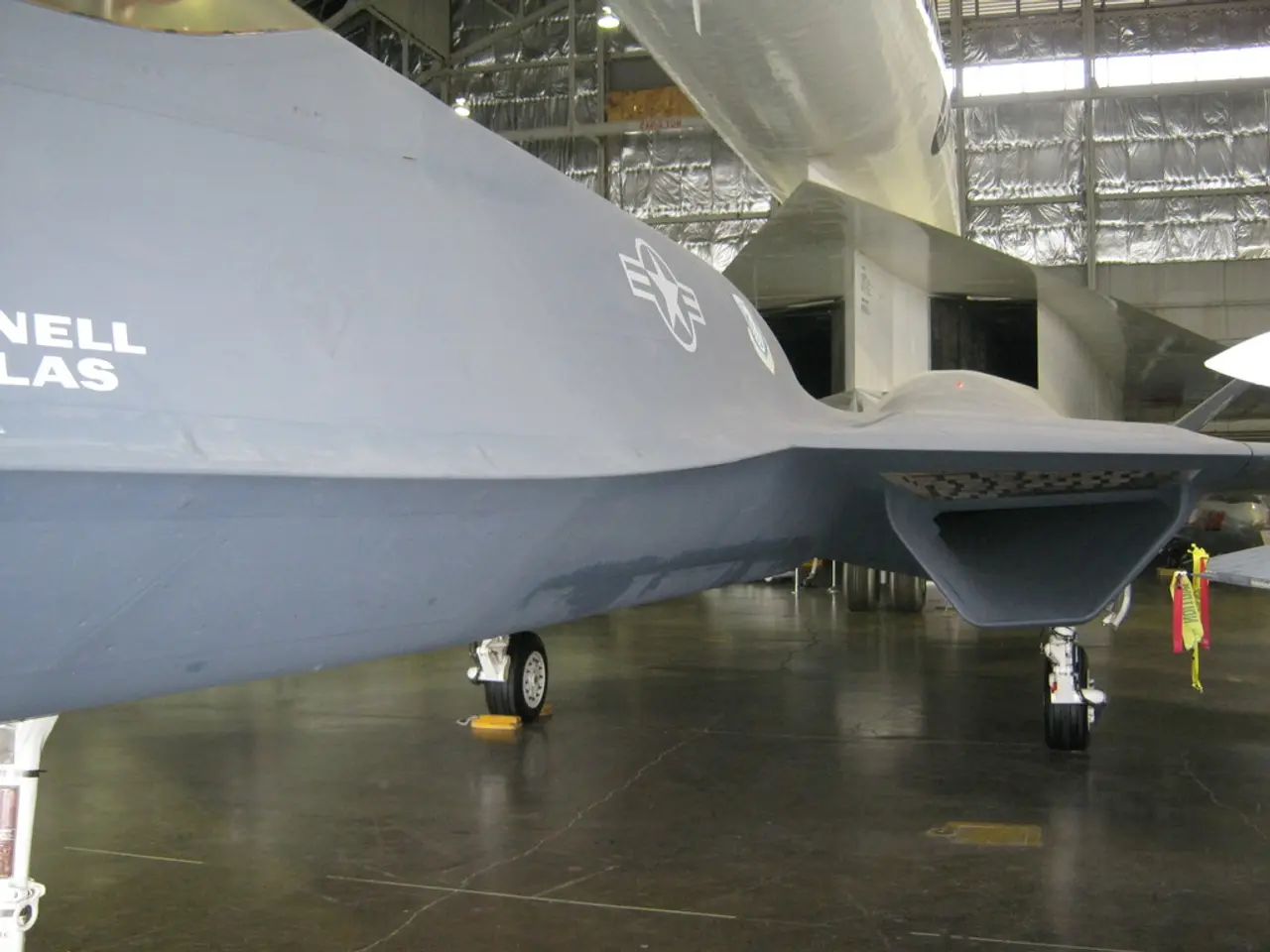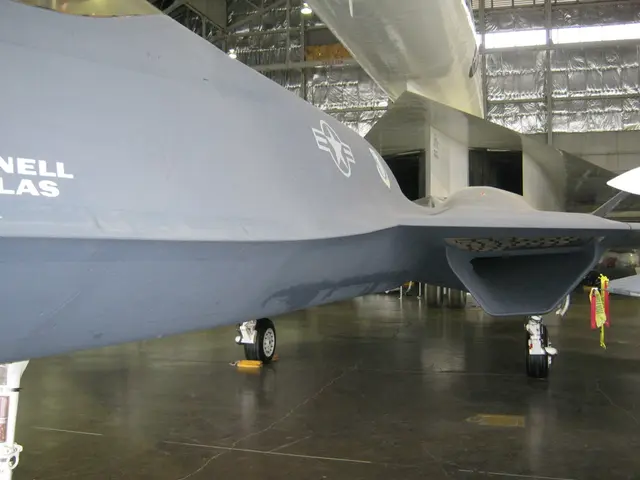Speed Measurement in Flight: Defining Mach Number and Its Significance for Pilots
In the realm of high-altitude aviation, pilots have a crucial tool at their disposal: the Mach number. This dimensionless ratio of an aircraft's true airspeed to the local speed of sound offers a more reliable and accurate speed reference, particularly in conditions where indicated airspeed (IAS) becomes less reliable.
At high altitudes, the air becomes thinner, reducing dynamic pressure. This means that for a given true airspeed, the IAS (which is based on pitot tube pressure) will be lower. There's a risk of inadvertently approaching Mach 1, as IAS does not accurately reflect the aircraft's true speed in these conditions. Moreover, as an aircraft approaches Mach 1, compressibility effects become significant. The air cannot move out of the way quickly enough, leading to increased pressure and aerodynamic issues like shockwaves and Mach tuck.
The switch to Mach number is a safety measure, helping pilots avoid entering regimes where compressibility becomes a problem, ensuring safer flight operations. Flying at a constant Mach number close to but below the critical Mach number (Mcrit) helps optimize fuel efficiency and performance by minimizing the risk of entering compressible airflow regimes.
Operational considerations also play a role in the shift to Mach number. Most commercial aircraft cruise at Mach numbers close to but below their critical Mach to maintain efficiency and safety. This approach helps prevent unwanted aerodynamic effects during high-speed flight.
Modern airliners typically cruise at high subsonic Mach numbers, usually around Mach 0.78 to 0.85, depending on the aircraft model and the airline's preferences. Aircraft designed for transonic flight have built-in features to deal with shock waves.
Hypersonic aircraft designs, on the other hand, face unique challenges. They often have to balance being blunt enough not to overheat, yet aerodynamic enough to maintain control. Air can get so hot at hypersonic speeds that oxygen can dissociate or chemically react with the vehicle surface or other gases. Hypersonic aircraft designs often require thermal protection in the form of special heat-resistant tiles, ablative shields, and advanced materials like refractory metals or ceramics.
In supersonic flight, a bow shock wave forms at the nose and leading edges of the aircraft, causing a drastic pressure, temperature, and density jump. Swept wings effectively reduce the airflow component and allow the aircraft to fly faster before airflow over them exceeds Mach 1.
The F-22 Raptor, a prime example of advanced aviation technology, can supercruise above Mach 1.5 on dry thrust alone, avoiding the huge fuel penalty from afterburner and allowing it to stay supersonic longer. However, even in such high-speed flight, pilots must be mindful of issues like Mach tuck and aileron buzz or control reversal at high Mach.
In extreme cases, the elevator may not have enough authority to overcome the tuck, making it difficult for pilots to maintain control. The Machmeter, the instrument in the cockpit that gives your speed on the Mach scale, uses the pitot-static system and compares dynamic pressure with static pressure and an altitude input to drive a Mach scale.
In conclusion, the shift to Mach number at high altitudes is a crucial aspect of modern aviation, ensuring safe and efficient flight operations by avoiding inaccuracies in IAS due to compressibility effects. As we continue to push the boundaries of aviation technology, understanding and mastering the Mach number will remain essential.
In the aerospace industry, private pilots also rely on the Mach number for safe high-altitude aviation, as it offers a more reliable speed reference, especially in thin air where indicated airspeed becomes less precise. Finance plays a crucial role in the development of new aerospace technology, such as hypersonic aircraft designs that require advanced materials and thermal protection for safe flight. Sports, particularly supersonic flight competitions, demonstrate the application of aerospace technology, showcasing the mastery of the Mach number for efficient and controlled high-speed flight, even in the face of potential aerodynamic challenges like Mach tuck.








